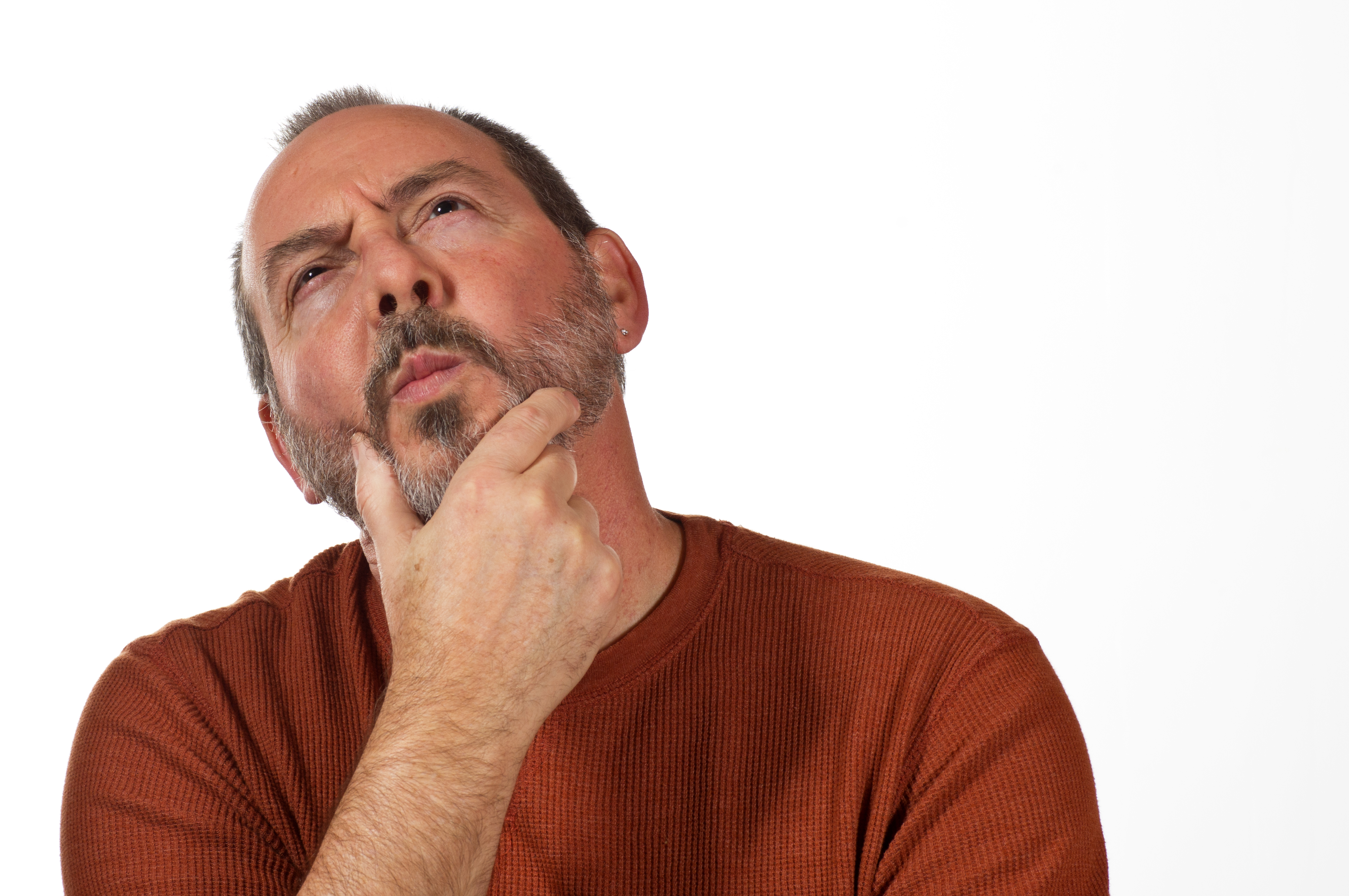

This week, as part of #AkademiaOddechuTIMAGO, we will carefully focus on each type of sleep apnea.
APNEA?
The word apnea means "no breath" and implies that, for whatever reason, your ability to breathe has been compromised. Apnea is a temporary cessation of breathing, however: if you decide to hold your breath, you are essentially giving yourself an episode of apnea. Eventually, you resume breathing because your brain won't let you hold your breath forever. Breathing is critical to all body functions, after all, and respiratory failure is not an option.
Your brain generally regulates your breathing during waking periods; you also have the option to voluntarily take a deep breath now and again, such as while yawning or in response to an increase in physical activity, like running for the bus. Once you take those breaths, your bloodstream will self correct for any imbalances in oxygen or carbon dioxide; this "gas exchange" is one of primary purposes of breathing.
SO MAYBE TEHER IS NOTHING TO WORRY ABOUT?
However, periods of involuntary apnea can also happen. Sleep apnea refers to these pauses in breathing which occur while you sleep. The main difference between apnea and sleep apnea relates not only to the time of day, but to "who's in charge" of breathing. During the day, you may enjoy having the conscious choice to take a breath at any time. However, once you're asleep, you do not consciously control your breathing: it is only the brain regulating your breathing at this time. When you have an episode of sleep apnea, the brain takes note of the changes in oxygen and carbon dioxide in the bloodstream caused by the temporary pause in breathing, just like it does during the day. But since you are asleep, it will now either wake you up or send stress hormones into your bloodstream to inspire breathing in order to fix the problem. Even though you technically fix your problems by breathing again, it's important to note that, following any form of apnea, you have less oxygen to begin with in your system. This means it will require more work from your heart, your diaphragm, your muscles of breathing, your vascular system, and other organs to bring the oxygen levels in your bloodstream back to normal.
An apnea here or there is not a problem; it's the regular episodes of long-lasting pauses, night after night, and all night long, which lead to negative long-range results from untreated sleep apnea.
Ultimately, sleep for someone suffering from sleep apnea is extremely fragmented and of poor quality, which leads to serious consequences, including excessive daytime sleepiness, high probability of developing other chronic disease, and increased risk for motor vehicle accidents.
WHO GETS SLEEP APNEA MORE OFTEN?
The prevalence of sleep apnea in the population is estimated, depending on the source, to be 2% in women and 4% in men.
HOW MANY TYPES OF SLEEP APNEA ARE THERE?
Clinically, the term sleep apnea actually refers to three different types of sleep apnea.
WHERE CAN I FIND INFORMATION ABOUT ALL TYPES OF APNEA?
This week, as part of #AkademiaOddechuTIMAGO, we will carefully focus on each of these diseases.
We invite you to follow our blog.